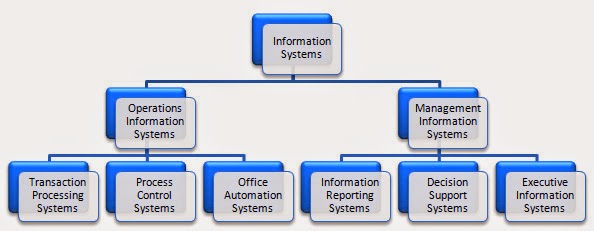Adsense advertisement blending is somewhat of an art. Many successful Adsense publishers will tell you that their websites and blogs generated more income when they took the time to blend their units into their pages.
Today, it seems that the vast majority of Web surfers have conditioned themselves not to click on anything that resembles blatant Adsense advertising. By blending your advertisement units in your web pages, you are increasing the chances that your visitors will click on them believing that they are part of the content.
In the past, some of the most common Adsense locations have been, either the top or bottom of a page or at one side . They are so common; in fact, statistics show that even when these advertisement units display very relevant ads, visitors will not click through. This is commonly known as 'ad blindness'.
Many webmasters have found some degree of success by placing advertisement units directly before the first paragraph, of each article or page. The theory behind this success is that readers will notice relevant ads, while they are searching for the beginning of your text.
Another blending method that has proved to be successful is placing the largest rectangular unit between paragraphs. These spaced out units give readers the opportunity to pause between each thought that the article or page is trying to convey.
Today, it seems that the vast majority of Web surfers have conditioned themselves not to click on anything that resembles blatant Adsense advertising. By blending your advertisement units in your web pages, you are increasing the chances that your visitors will click on them believing that they are part of the content.
In the past, some of the most common Adsense locations have been, either the top or bottom of a page or at one side . They are so common; in fact, statistics show that even when these advertisement units display very relevant ads, visitors will not click through. This is commonly known as 'ad blindness'.
Many webmasters have found some degree of success by placing advertisement units directly before the first paragraph, of each article or page. The theory behind this success is that readers will notice relevant ads, while they are searching for the beginning of your text.
Another blending method that has proved to be successful is placing the largest rectangular unit between paragraphs. These spaced out units give readers the opportunity to pause between each thought that the article or page is trying to convey.
This is actually the same method used in television advertising. No doubt, you are familiar with the success of commercials. Just as television advertisers sell their products during program pauses, your goal is to generate Adsense income because of a pause, with your text.
Probably the most obvious way to blend your ad units is to change the background and border color of your advertisement to the same color as the location where the ad unit will be placed. Doing so, makes it seem more like the advertisements are part of your actual content
You may even want to experiment using these methods together. Like any other type of advertising with a lot of the success, is due to experimenting and trial and error. You can begin by testing out certain format for two weeks and see how it goes before further tweaks are implemented.
It is important to remember that success with Adsense program will not happen overnight. Take the time to try several methods of advertisement blending, because in the long run it is definitely worth the effort and dedication.http://Infosdemocracy.com
Probably the most obvious way to blend your ad units is to change the background and border color of your advertisement to the same color as the location where the ad unit will be placed. Doing so, makes it seem more like the advertisements are part of your actual content
You may even want to experiment using these methods together. Like any other type of advertising with a lot of the success, is due to experimenting and trial and error. You can begin by testing out certain format for two weeks and see how it goes before further tweaks are implemented.
It is important to remember that success with Adsense program will not happen overnight. Take the time to try several methods of advertisement blending, because in the long run it is definitely worth the effort and dedication.http://Infosdemocracy.com
